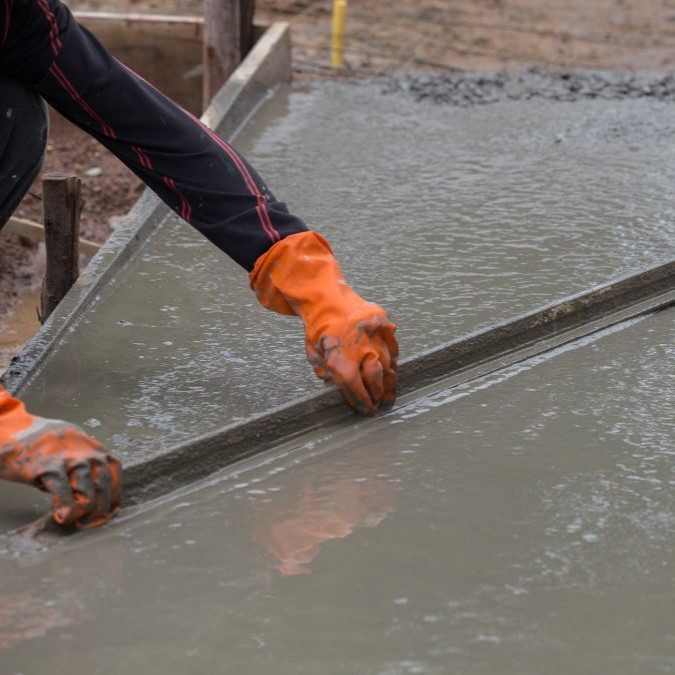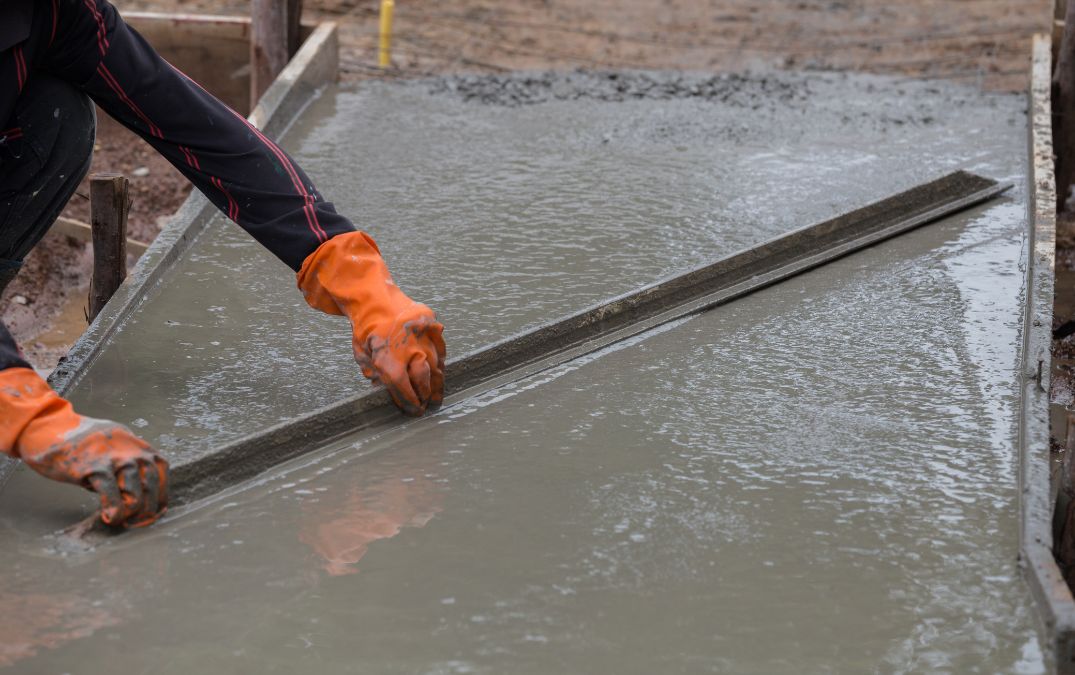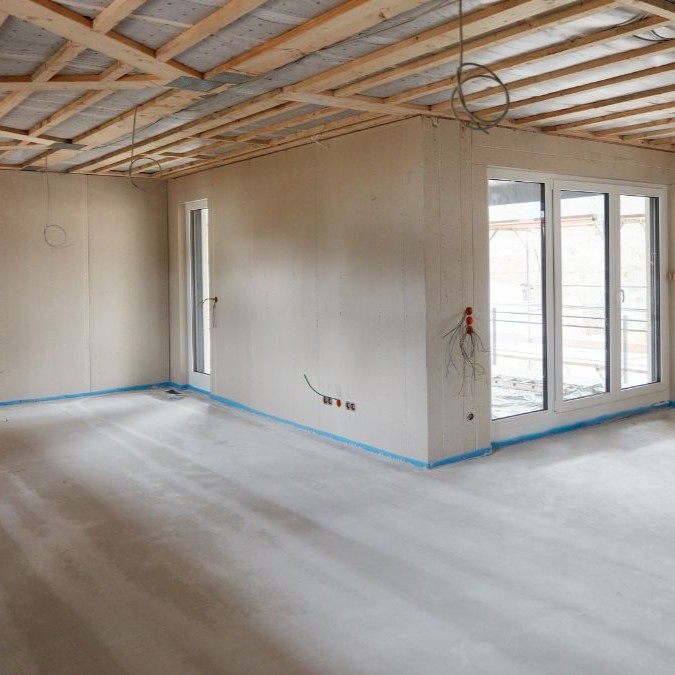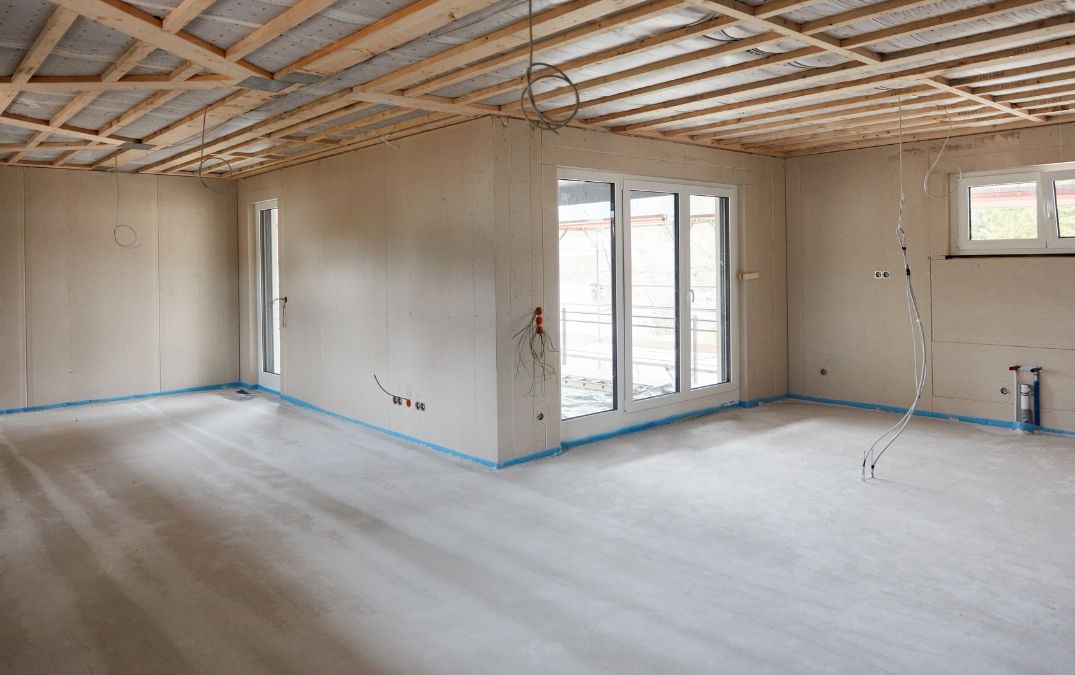What are the benefits of a screed finish?
One of the primary advantages is the creation of a smooth, level surface that is ideal for applying final flooring materials. Not only that but a screed finish significantly improves the durability of the concrete floor by providing an extra layer of protection, which enhances the structural integrity, making the floor more resilient to wear and tear, heavy loads, and everyday use.
This is a great finish that can be used in various applications, from residential homes to commercial and industrial buildings. They can be customised to suit different project requirements, including bonded, unbonded, and floating screeds, each offering specific advantages depending on the installation context. This flexibility makes screed finishes a preferred choice for many construction and renovation projects.
And we can't forget to mention that screed finishes can incorporate underfloor heating systems effectively. The screed layer helps to evenly distribute heat, ensuring efficient and comfortable heating throughout the space.



